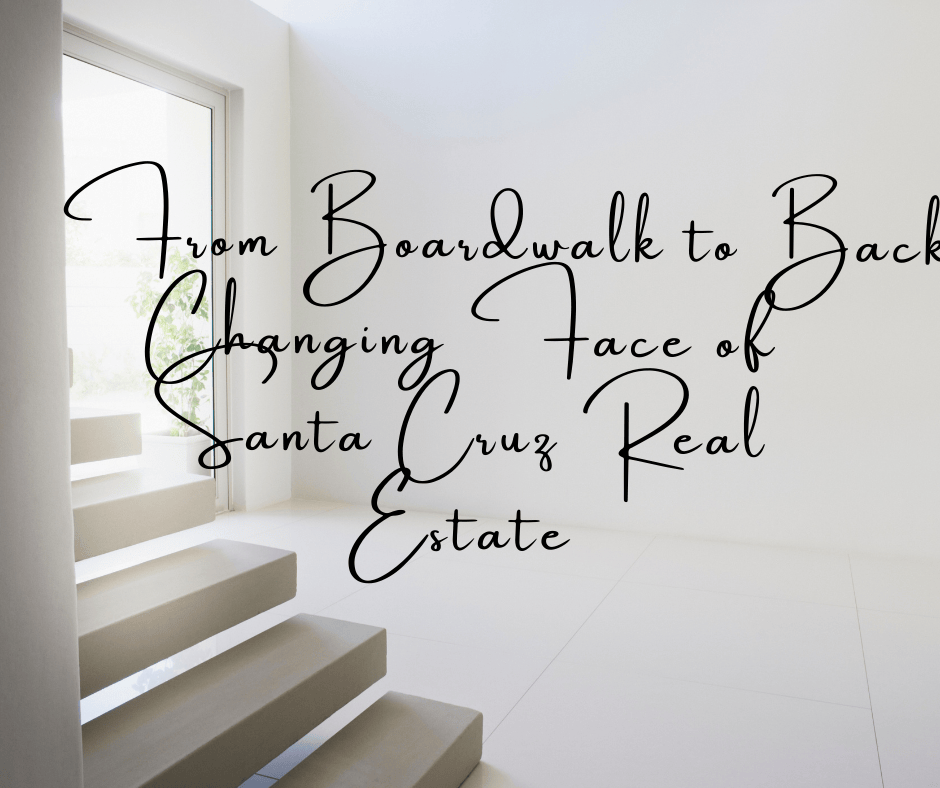The Bay Area has long held a reputation for being one of the country’s most competitive and expensive real estate markets. From the tech corridors of Silicon Valley to the charming, character-rich streets of Berkeley and Oakland, the region’s housing market has consistently been shaped by high demand, tight inventory, and economic volatility. As we move through the second half of 2025, many prospective homebuyers are asking the same question: where is the Bay Area housing market headed next?
At RoosterListing, we believe it’s essential to move beyond the headlines and unpack what’s truly happening at the neighborhood level because in a region as diverse and fast-moving as the Bay Area, market conditions can change dramatically from one ZIP code to the next. Here’s what buyers should know right now.
A Market in Transition for Bay Area Buyers
After two years of rising mortgage rates and softening home values, the Bay Area market is showing signs of stabilization. Interest rates, which peaked above 7% in late 2023, have settled in the mid-6% range, providing a degree of predictability for both buyers and sellers. While rates remain high compared to pre-pandemic levels, this relative stability has brought some hesitant buyers back into the market.
At the same time, inventory remains limited a persistent issue across the region. Many homeowners with ultra-low pandemic-era mortgage rates are choosing to hold onto their properties, unwilling to trade up and face higher borrowing costs. This has created a supply shortage in many desirable markets, particularly in parts of Santa Clara, San Mateo, and Marin counties.
Yet there are signs of life in areas that had cooled significantly over the last 18 months. Markets like Daly City, Concord, Milpitas, and Hayward are seeing a resurgence of buyer interest, especially from younger professionals and first-time buyers priced out of San Francisco and Palo Alto. Open houses in these neighborhoods are once again drawing multiple offers though bidding wars remain less intense than in 2021.
What’s Fueling Buyer Demand in 2025 for Bay Area Buyers
Despite affordability challenges, several forces continue to support housing demand in the Bay Area:
1. A Resilient Tech Economy
While some major firms scaled back during 2023, the region’s broader tech ecosystem remains strong. Companies in AI, biotech, and green energy sectors have expanded hiring, bringing new waves of well-paid professionals into the market.
2. The Enduring Appeal of Bay Area Living
The quality of life in the Bay Area remains a powerful draw. From its climate to its cultural institutions, access to natural beauty, and proximity to world-class universities and hospitals, the region continues to attract buyers with long-term plans to plant roots.
3. New Statewide Housing Initiatives
California’s recent push for more housing-friendly legislation is slowly making its mark. Incentives for first-time homebuyers, down payment assistance programs, and zoning changes aimed at increasing multifamily development could gradually improve housing accessibility, especially in suburban markets.
4. Shifting Workplace Expectations
While fully remote work has declined since its peak, hybrid models remain popular in the tech and finance sectors. This flexibility allows buyers to consider neighborhoods previously deemed too far from their offices, boosting demand in peripheral cities like Livermore, Vallejo, and Scotts Valley.
What Buyers Should Expect in the Months Ahead in Bay Area.
Industry analysts project a modest increase in Bay Area home prices over the next 6 to 12 months, driven primarily by continued inventory constraints. However, price growth is expected to remain moderate, avoiding the runaway escalation of the pandemic boom years.
Buyers should also prepare for a segmented market. While some luxury properties in San Francisco and parts of the Peninsula may linger longer on the market due to a smaller pool of qualified buyers, mid-range homes in good school districts and commuter-friendly neighborhoods are likely to sell quickly.
The mortgage rate environment will remain a critical variable. If rates dip below 6%, even temporarily, it could unleash a surge of pent-up demand, reigniting competitive bidding in many markets. Conversely, if rates climb, buyer activity may cool again, providing opportunities for those able to weather higher financing costs.
Opportunities for Strategic Buyers
For those looking to enter the market, this transitional period offers unique opportunities. Buyers willing to be flexible on location and property type can still find value, particularly in emerging markets like San Leandro, Richmond, and portions of East San Jose. Additionally, properties in need of renovation, often overlooked during the pandemic bidding frenzies, are now attracting savvy buyers interested in adding long-term value.
Off-market and pocket listings are also increasingly relevant in this low-inventory environment. Working closely with well-connected agents and platforms like RoosterListing can help buyers access these quieter opportunities before they reach broader markets.
Final Thoughts
The Bay Area housing market in 2025 is neither in freefall nor in a boom. It’s a market in recalibration, adjusting to higher borrowing costs, evolving workplace trends, and a complex mix of local and national economic forces. For buyers, it means being patient, well-informed, and ready to act decisively when the right opportunity appears.
Whether you’re searching for a first home in Santa Clara County, an investment property in Oakland, or a family-friendly neighborhood near the Peninsula tech hubs, staying connected to real-time, local insights is your most valuable asset.








Leave a Reply